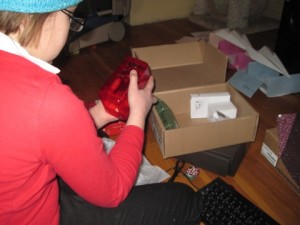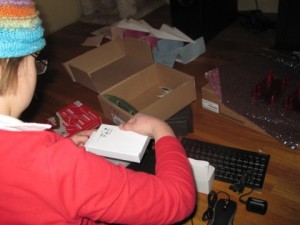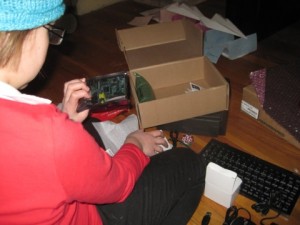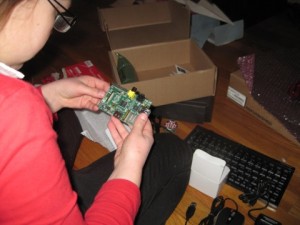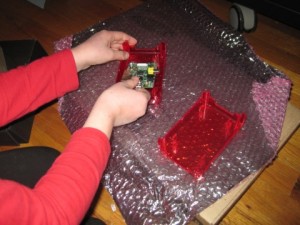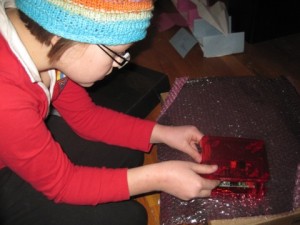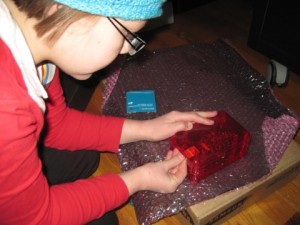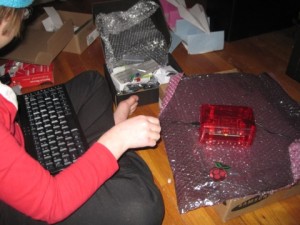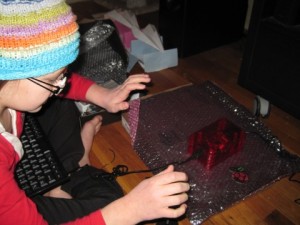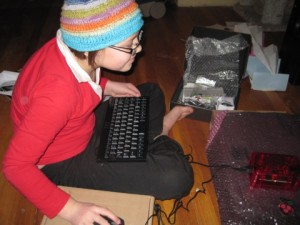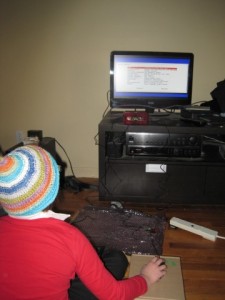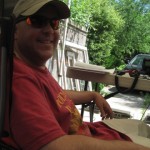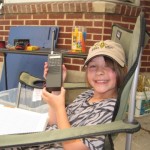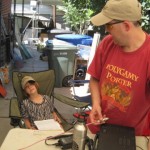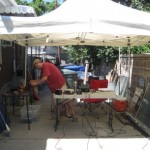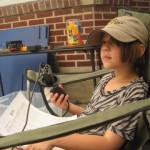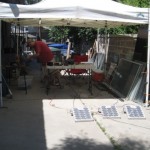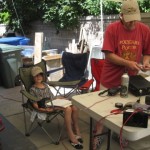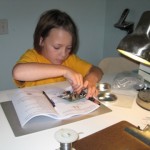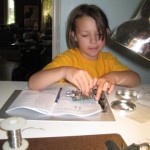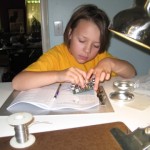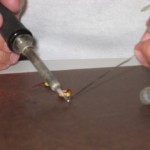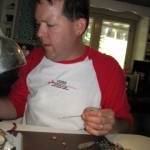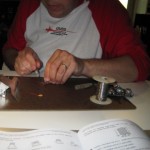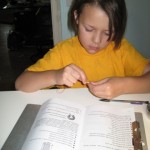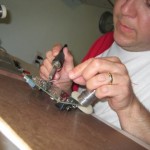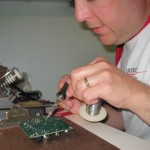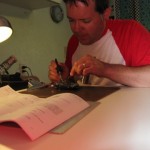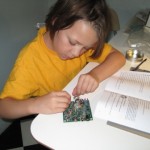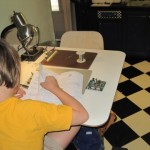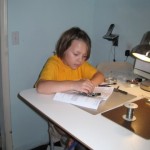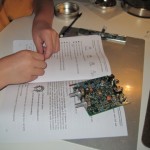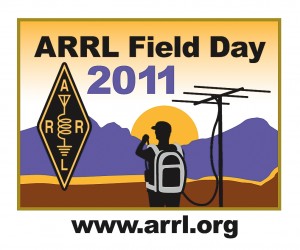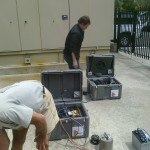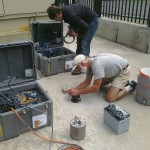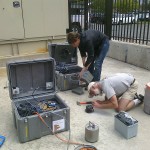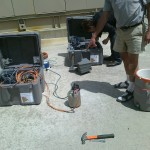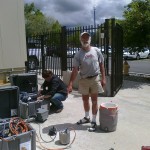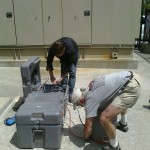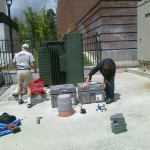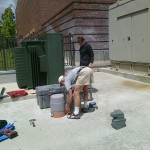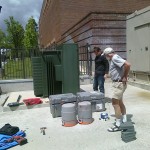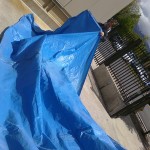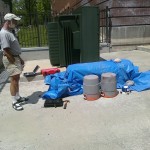If you’ve looked at the photo albums on my site, you’ve seen that my daughter is also licensed. For those of you hams out there that want to get your kid(s) interested in Amateur Radio, here’s my experience and advice.
When I first started in on Amateur Radio with my daughter, she was probably around 6 or 7. I’d recently upgraded to my Extra class license and wanted to share the fun. I also wanted to get back into CW (morse code) and needed someone to practice with. We started by looking at my Technician class license manual–just flipping through it and seeing what was in there. Procedures and FCC rules didn’t really excite her, but looking at the diagrams of the ionosphere and talking about bouncing a signal around the planet definitely did. Off and on, we talked about radio. It wasn’t until she was 8 that things really took off. She had become an avid reader, which greatly simplified studying. I also found that if I had her read out loud from the Technician manual, her ready and vocabulary improved.
Then we started the practice exams. The online exams from AA9PW were invaluable. To keep her interested and not overwhelmed we limited study time to no more than an hour per day (lots of days with out studying at all). After about three months and routine passing scores, she seemed ready for the Technician License exam. We attended one of the local exam sessions. Unfortunately, she didn’t pass on her first attempt. The VE’s were awesome, though. They gave her a bit of time to collect herself and then gave her another shot. BINGO! Passed on the second attempt! I think she was the youngest person in the exam room that night, so you can imagine how proud I was.
Some things we learned along the way:
- Don’t rush it. For a new, young ham, it might take longer to comprehend the material they’re reading–even if they can read it fluently. I found what worked best was to not just ask questions from the approved question pool, but to ask open-ended, leading questions to see if she understood what she had read.
- Nothing is better than seeing a radio and seeing it used. How does the antenna connect? How do you set the frequency?
- When talking about antennas, build one. A half-wave dipole for 2m is pretty different from one for 10m and really different for an antenna on 160m. Seeing the physical side makes the mathematics “click.”
- Make it fun. I tried to help her practice phonetics by using them when spelling words. It didn’t work quite as well as I’d hoped, but it was a start. Now, whenever she runs into phonetics, she hurries to point them out to me (she found a listing of the phonetic alphabet in one of her books recently).
- Amateur radio can be a great way to tie other subjects together. Hams use geography, math, reading, writing and physical science all the time. What a great way to tie all of those subjects taught in school together!
After her license was processed, we arranged to do a show-and-tell demonstration at her school. A friend of mine, W7YMG helped us out there. A simple QSO via a local 2m repeater to show how we could communicate effectively and proper radio procedures. It was a blast and several of the kids in her class are now talking about becoming hams, too.
Next up, we’re working on morse code and using the 15m QRP transceivers we built. More about learning CW later…
